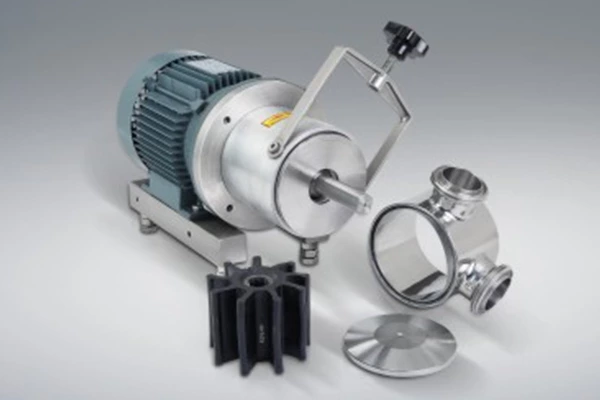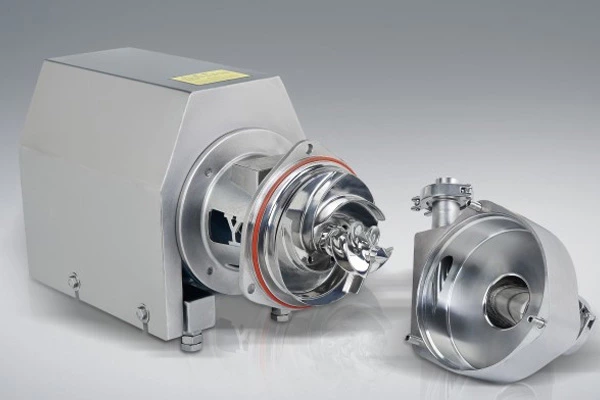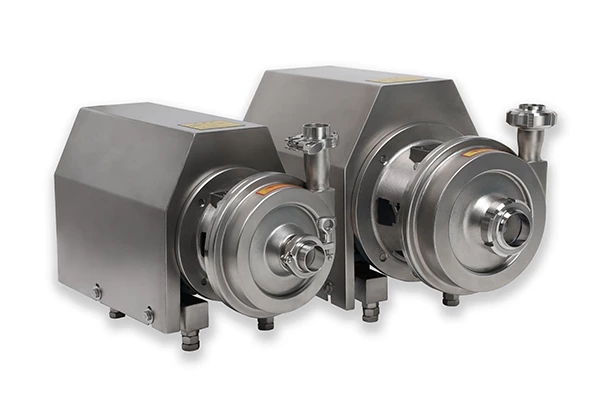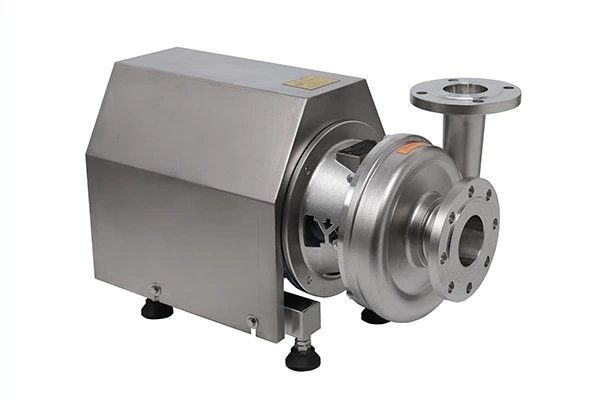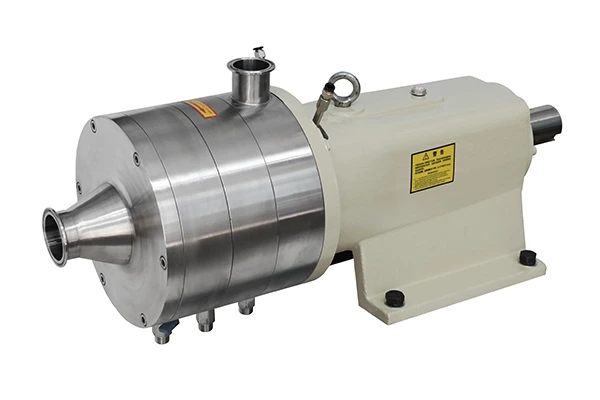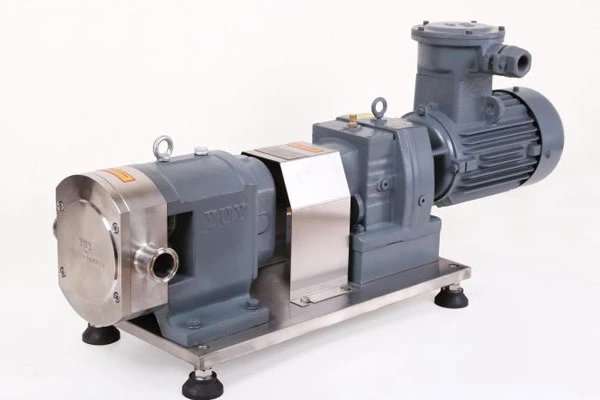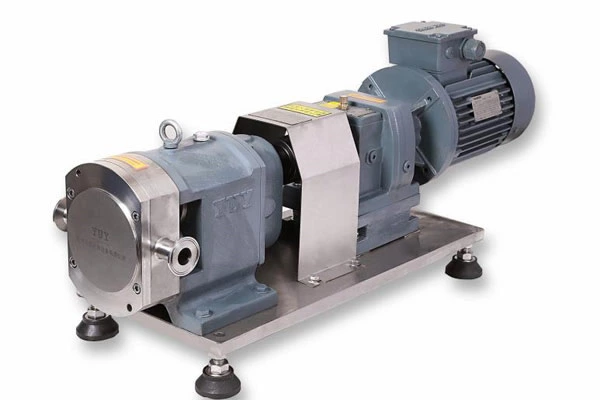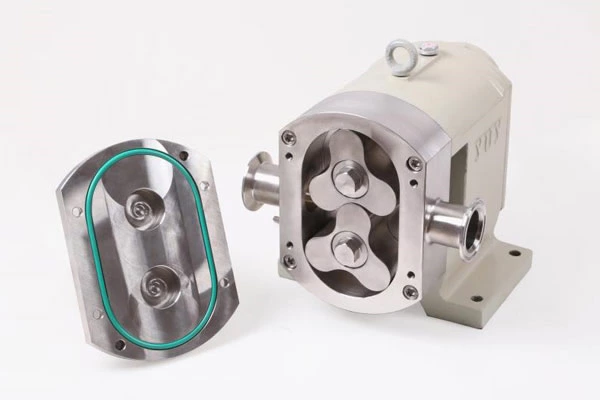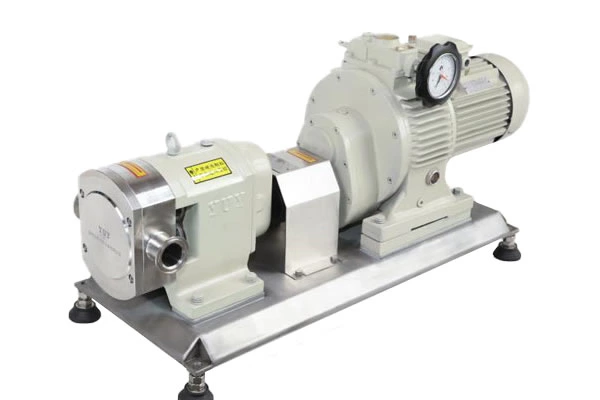150 Technical Questions And Answers About Pumps To Help You Fully Understand Pumps
131. What are the precautions for installing and removing ordinary flat keys and shaft grooves?
Answer: Before installation, check and remove the burrs and flash of the keyway, check the straightness of the key, leave a gap of 0.1mm between the key head and the keyway length, add engine oil on the mating surface, and press the key into the keyway. Before disassembly, the key should be gently knocked and shaken loose, and the key should be lifted out from the key head with a small flat shovel or screwdriver. It is strictly forbidden to hit or lift out from the mating side of the key.
132. What are the requirements for the fit between the key and CIP Return Pump?
Answer: 1) There should be no problems on both sides of the fit between the key and the keyway, and there should generally be a gap of 0.1-0.4mm on the top. 2) Do not use padding or twisting methods to increase the tightening force of the key.
133. What are the four forms of coupling alignment analysis deviation?
Answer: Concentric and parallel, concentric and non-parallel, parallel and non-concentric, non-concentric and non-parallel.
134. What is one-point measurement?
Answer: The method of measuring the axial and radial clearances of a certain position of the coupling at the same point is called one-point measurement.
135. What is the principle of coupling alignment?
Answer: Coupling alignment mainly measures its radial displacement and angular displacement. When the two shafts are at different axes, a relative deviation occurs between the outer rings or end faces of the two couplings. The deviation value of the axis centerline can be calculated based on the measured deviation value. In order to obtain correct measurement results, the two rotors must be rotated at the same angle to ensure that the relative position of the measuring point on the coupling is variable, which can eliminate the errors caused by the rough surface of the coupling and the non-vertical axis centerline of the end face.
136. What is the premise for coupling centering?
Answer: 1) The axis of the coupling and the rotor coincide.
2) The outer diameters of the shaft neck and the coupling are both perfect circles.
3) The end face of the coupling is perpendicular to the axis.
4) Before centering the coupling, its radial and end face runout must be measured, as well as whether the runout of the shaft neck meets the requirements.
137. What are the requirements for coupling assembly?
Answer: Strictly ensure the coaxiality of the two axes so that there is no unilateral load during operation, thereby maintaining balance and reducing vibration.
138. What are the methods for aligning and measuring radial displacement and angular displacement of couplings?
Answer: 1) Use support and feeler gauge for measurement. 2) Use center card and feeler gauge for measurement. 3) Use center card and micrometer for measurement.
139. Working principle of safety valve?
Answer: Safety valve is a valve that automatically opens and closes according to the working pressure of the medium. When the working pressure of the medium exceeds the specified value, the safety valve can automatically open the valve disc and discharge the excess medium (gas). When the pressure returns to normal, the valve disc can automatically close again.
140. What are the requirements for valve assembly?
Answer: 1) Assembly conditions: After all valve parts are cleaned, inspected, repaired or replaced, their dimensional accuracy, mutual position accuracy, finish, and mechanical properties such as material properties and heat treatment should meet the technical requirements before they can be assembled.
2) Assembly principle: Generally, the first to be disassembled should be installed later, and the last to be disassembled should be installed first. Make sure the matching properties are clear. Avoid hitting or knocking. The operation should be in order, from inside to outside, from bottom to top, from easy to difficult, first parts, components, mechanisms, and then the upper cover for pressure testing.
3) Assembly effect: appropriate matching, correct connection, complete valve parts, tight bolts, flexible opening and closing, accurate indication, reliable sealing, and adaptable to working conditions.
